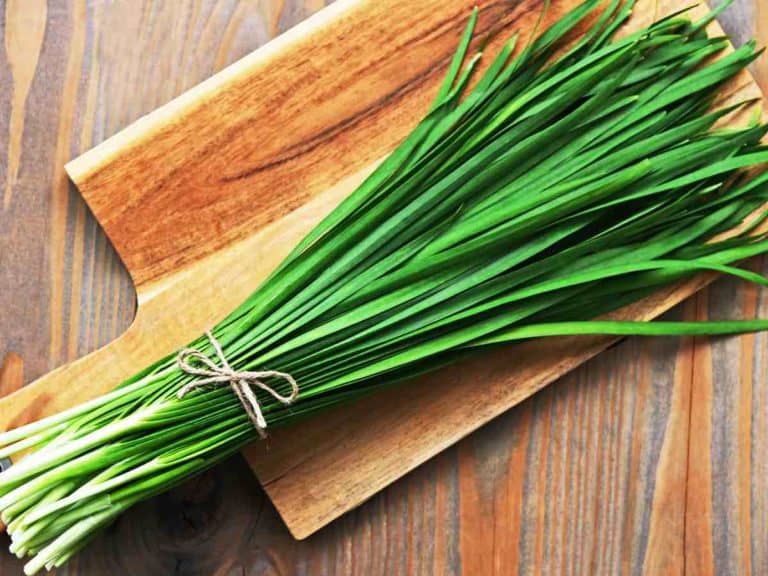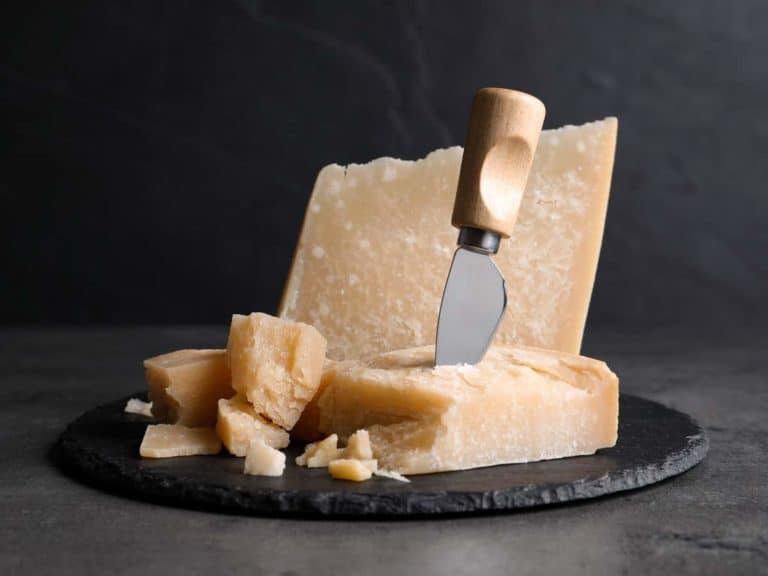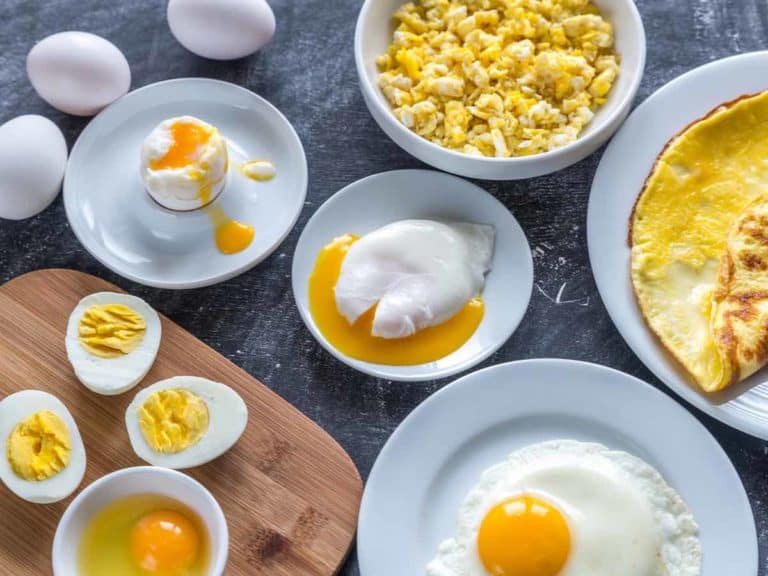What Does Reduce Heat and Simmer Mean in Cooking
If you’re new to cooking, there may be some terms that you find confusing. But knowing what those words mean can keep you from eating uncooked or burnt food. Many recipes tell you to reduce the heat and simmer. But have you asked what does reduce heat and simmer mean in cooking?
Simmering occurs at a temperature just below boiling. You use it when the bubbles from boiling might be too aggressive for your dish. You normally start the cooking at a high temperature to quickly heat the food up to a boil. Once there, you lower the heat until you get some gentle bubbling.
There are lots of reasons why you don’t want to continue the rest of the cooking while boiling. Below you’ll learn what you can need when simmering dishes.
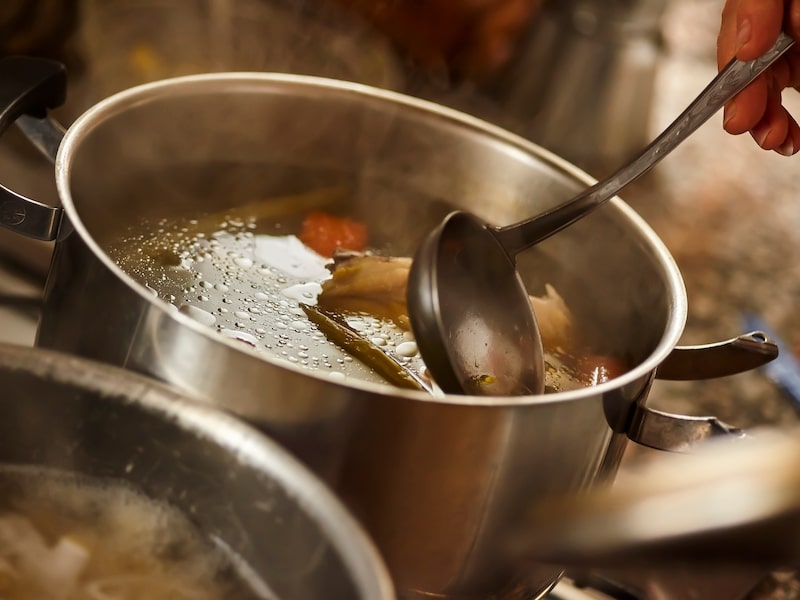
What Simmer Means
As mentioned earlier, simmering occurs at a temperature just below boiling point. When boiling, you get lots of aggressive bubbling. If you’re making a stew, it looks like you have many mini-explosions happening in your pot. To bring the pot to a simmer, you reduce the heat just enough so the bubbling becomes gentle.
Boiling usually happens at 212 °F (100 °C). When you simmer, you reduce the temperature to between 180 °F (82.2 °F) and 205 °F (96.1 °C). Besides checking the temperature, you can also count the bubbles.
When simmering, a small bubble or two would pop through the surface of a liquid every second or two. If there are more, then the heat may still be too high.
How Long To Simmer
Since simmering is done at lower temperatures, you do it for extended times. It can take anywhere between 15 to more than 60 minutes, depending on what you are cooking. Split legumes like split lentils will cook in a few minutes. Thick cuts of meat can take over 30 minutes.
The longer time allows the heat to cook the food evenly. It also allows to flavors to mix and develop properly. A good way to be sure if your food is done is to check if yourself. See if the texture is softer. Make a small cut on meats to check if the insides are done.
Why Simmer Foods
You can cook your food at higher temperatures. But sometimes, you get better tasting food at lower temperatures. At a high temperature like the boiling point, the heat and bubbling can have negative effects on the food.
Meats
Simmering is great for braising tough cuts of meat.
Collagen is the connective tissue found in meat. It can make the meat tough and chewy. Cooking within simmering temperature can gently melts the collagen into gelatin. The gelatin then coats the meat, giving it a moist and succulent texture.
Boiling has the opposite effect on the meat. The higher temperature rearranges the structure of the proteins. This change in structure is called denaturation. The effect is the meat turns tough and chewy.
Grains and Legumes
Grains like rice, barley, millet, or quinoa can be cooked with a simmer.
The same is true for legumes like beans and lentils. You can cook them in a boil, but it won’t make it faster or better. It will just be a waste of energy. Simmering is enough for the grains and legumes to absorb the water and soften.
Simmering is the ideal cooking method if the grains or legumes are split. When split, grains and legumes cook and absorb water faster. If you cook them in a boil, you risk burning them.
Root Vegetables and Fibrous Fruits
Root vegetables like potatoes and beets are best cooked through simmering. The same goes for fibrous fruits like squash and zucchini. You can also cook them in a boil. But like with grains and legumes, it won’t be any faster or better.
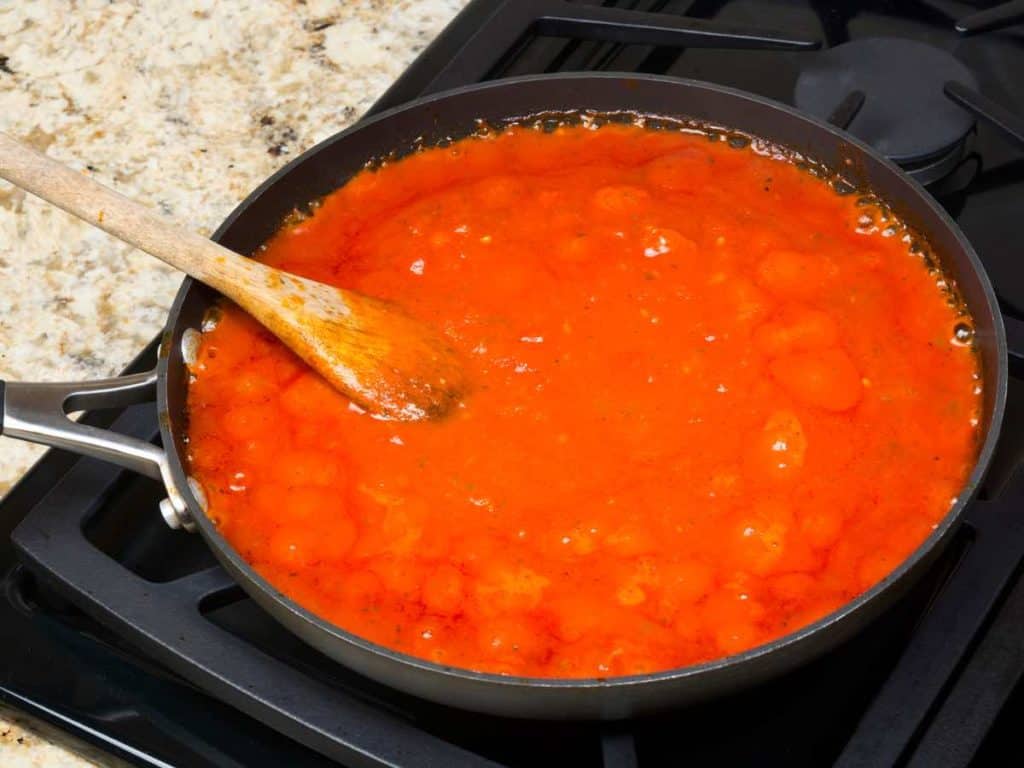
Stocks and Broths
Stocks and broths are comforting soups to have with your meal. They’re also great as a liquid ingredient for other dishes. Simmering is the preferred way to make them.
Animal Stock or Broth
Simmering is the preferred method when you make stocks and broths with meats and bones. As the bones and meat are heated, they release their proteins.
These can make the stock and broth cloudy, hence people refer to them as scun. If you simmer the stock, the surface is calm enough for you to skim off the scum. If you boil the stock or broth, the scum spreads throughout. You end up with a cloudy stock.
A cloudy stock or broth is an anesthetic issue. It isn’t a big deal if you will use it on a dish that is meant to be cloudy. It also doesn’t matter if you’re just cooking for yourself. But if you’re a professional cook where presentation matters, you may want the stock or broth to be clear.
Vegetable Stock
You’ll also want to simmer your stock or broth if it has vegetables. Vegetables can be aromatic. Those aromatic compounds tend to be volatile, meaning they evaporate easily. Keeping your stock or broth in a simmer can lower aromatic compounds that evaporate.
When to Simmer With Lid On
Before you start to simmer, you bring the pot or pan to a boil first. During that time, you keep the lid on to retain the heat. This will make the temperature rise faster. When you’re already simmering, there are some times when you want to do itwith the lid on. If you are trying to keep the heat and moisture in, then keep the lid on.
With the lid on, moisture, in the form of steam, remains inside. The steam can help cook the food. This method works well with vegetables, tamales, seafood, and grains. These foods will remain tender and moist when they are done. Keep the lid on if you are braising meats. The moist heat from the steam can help melt the collagen.
When to Simmer With Lid Off
Soups, sauces, and stews are best simmered. In some recipes, you want to reduce the soup, sauce, or stew to make it thicker. To do that, you have to let some water evaporate.
To let the water vapors escape, you keep the lid off. If you’re simmering something that cooks quickly, you’ll also want to keep the lid off. In that way, you can keep an eye on it and avoid overcooking.
Related Questions
Does reducing heat mean turning off?
Reducing the heat means lowering the temperature. If you cook with a stove, just turn the knob to lower heat levels until you get a gentle bubbling. If your stove shows the temperature, then set it at the appropriate temperature, between 180 °F (82.2 °F) and 205 °F (96.1 °C).
How much liquid to use for simmering?
Use enough water to keep whatever you’re cooking submerged. Keeping them submerged ensures even cooking. Remember that grains and legumes will expand since they absorb water. So make sure there’s enough room and liquid when they expand.

